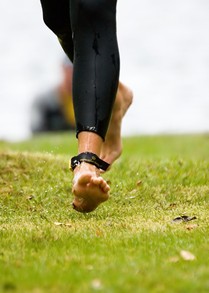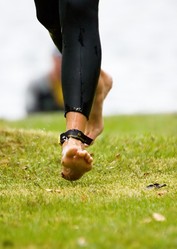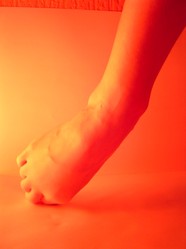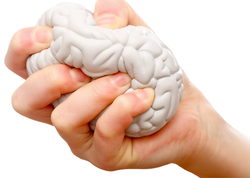The early signs and symptoms in the soft tissues that relate to structural surface anatomy are pointed to by the patient and ascertained by the examiner. Functional anatomy gives a mechanical explanation by which abnormal function results in pain and disability. It is evident that pronation is a major cause of pain, and that deconditioning as well as excessive stress initiates a process of decompensation. This emphasizes the need for a long-range program of treatment for children with markedly pronated feet to allay ultimate pain and disability in adulthood.
The toe flexors, as well as the supinators of the foot, play a vital role in the maintenance of the longitudinal and transverse arches. Balance between the toe flexors and extensors must exist for proper foot function. Normally, the extensor digitorum longus and the lumbricals extend the distal interphalangeal joints and the toe flexors press the straightened toes against the floor. This action elevates the transverse arch. If the intrinsics are weak, the phalanges are permitted to flex, and the action of the toe flexors causes a “claw” position of the toes. The metatarsal heads become more prominent and weight-bearing. With weakness of the toe flexors, the downward pressure upon tee floor is also weakened.
The excessive joint "play” resulting from ligamentous laxity causes pain due to articular strain. The calcaneocuboid are the talonavicular joints sustain this stress primarily by virtue of the foot pronating and the forefoot everting.
Pain originating from articular strain does not subside with rest as does pain from ligamentous, tendinous, or muscular origin, No “trigger” areas are palpable, and the patient points to a region overlying the joint involved. Pain can be reproduced by forcefully everting the forefoot while immobilizing the heel.
Talonavicular arthrosis resulting from chronic foot strain causes tenderness over the dorsum of the foot at the talon avicular joint, and because the navicular is depressed in the pronated foot, there is also tenderness on the plantar surface of the foot at the calcaneonavicular ligament.





 How to deal with Anxietyon 10/20/2015
How to deal with Anxietyon 10/20/2015
 What Causes Anxiety and Stresson 10/20/2015
What Causes Anxiety and Stresson 10/20/2015
 Understanding How to Stop Tooth Painon 10/20/2015
Understanding How to Stop Tooth Painon 10/20/2015
 What is Metatarsalgia - Diagnosis and Treatmenton 09/10/2015
What is Metatarsalgia - Diagnosis and Treatmenton 09/10/2015



Comments